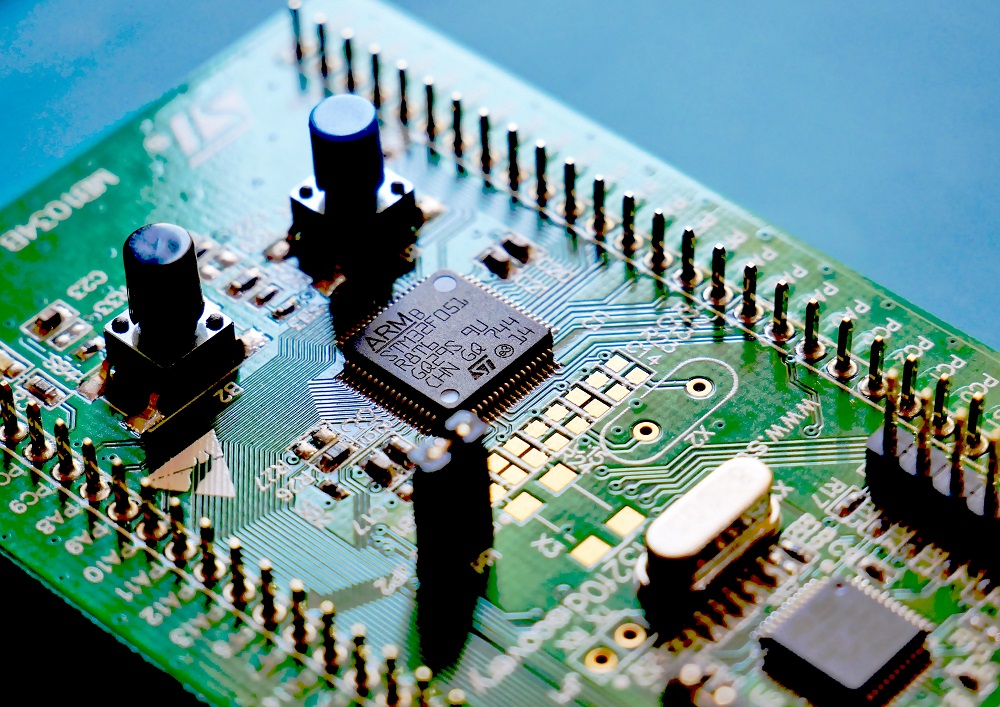- All
- Product Name
- Product Keyword
- Product Model
- Product Summary
- Product Description
- Multi Field Search
Views: 90 Author: Site Editor Publish Time: 2023-08-10 Origin: Site
European terminal blocks are electrical components that are used to connect and secure electrical wires together in a neat and organized manner. They are widely used in various applications, including industrial automation systems, control panels, and power distribution systems. The working principle of European terminal blocks involves the following steps:
Wire insertion
The first step in using a European terminal block is to insert the wire into the appropriate terminal. European terminal blocks are available in different types, including screw, spring, push-in, and insulation displacement. The wire is inserted into the appropriate terminal type and secured in place using the appropriate method.
Wire connection
Once the wire is inserted into the terminal, the next step is to establish a connection between the wire and the terminal. This is achieved by tightening the screw or releasing the spring, which applies pressure to the wire and establishes a secure electrical connection.

Wire isolation
After the wire is connected to the terminal, the next step is to isolate it from other wires and from the environment. This is achieved by the use of insulating materials such as plastic or rubber. The insulating material covers the exposed part of the wire and the terminal, preventing accidental contact and short circuits.
Terminal block assembly
European terminal blocks are designed to have a modular design, which means that they can be easily added or removed depending on the needs of the application. The modular design allows for easy assembly of multiple terminal blocks to create a neat and organized wiring solution.
Mounting
The final step in the working principle of European terminal blocks is mounting. Terminal blocks can be mounted on a DIN rail or panel mount. The mounting method depends on the specific application and the requirements of the system.
In summary, the working principle of European terminal blocks involves wire insertion, wire connection, wire isolation, terminal block assembly, and mounting. The use of terminal blocks ensures a secure and reliable wiring solution that is resistant to vibration and shock. The modular design of European terminal blocks allows for easy assembly and customization of wiring solutions to suit different applications. It is important to choose the right type of terminal block for the specific application to ensure optimal performance and safety.
A terminal block is a compact, insulated base with metal contacts that lets you clamp, join, and distribute conductors without soldering. If you’ve ever routed power to a drive, brought sensor leads into a controller, or handed off field wiring to a PCB, you’ve used one. Understanding what is a term
As a Engineer ,It is very important to choose globally recognized premium terminal blocks .these manufacturersas below: Phoenix Contact, WAGO, Weidmüller, Eaton, Molex, Amphenol, Harting, and Shanye Electronics (subsidiary of Kefa Electronics). These industry leaders collectively dominate the $4.6
This article covers the technical features of spring-loaded and push-in terminals, and both the advantages and disadvantages of these technologies when it comes to installation practices, commissioning, footprint and authorisation for the North American market. Why do we need spring terminal block ?
Wiring a terminal block correctly is a fundamental skill in electrical work, ensuring safe and reliable connections. This article will help you to understand the essential steps, from preparing your wires to securing them properly within various terminal block types.ContentWhat are Terminal Blocks?R
What is terminal block ?terminal block, also known as a connection terminal, is a modular block used in electrical and electronics systems to connect and secure electrical wires or cables. It serves as a convenient and organized way to make electrical connections, whether for power distribution, sig
Terminal electronics is the key point at which a conductor from a electronic component, device or network comes to an end.Terminal may also refer to an electrical connector at this endpoint, acting as the reusable interface to a conductor and creating a point where external circuits can be connected